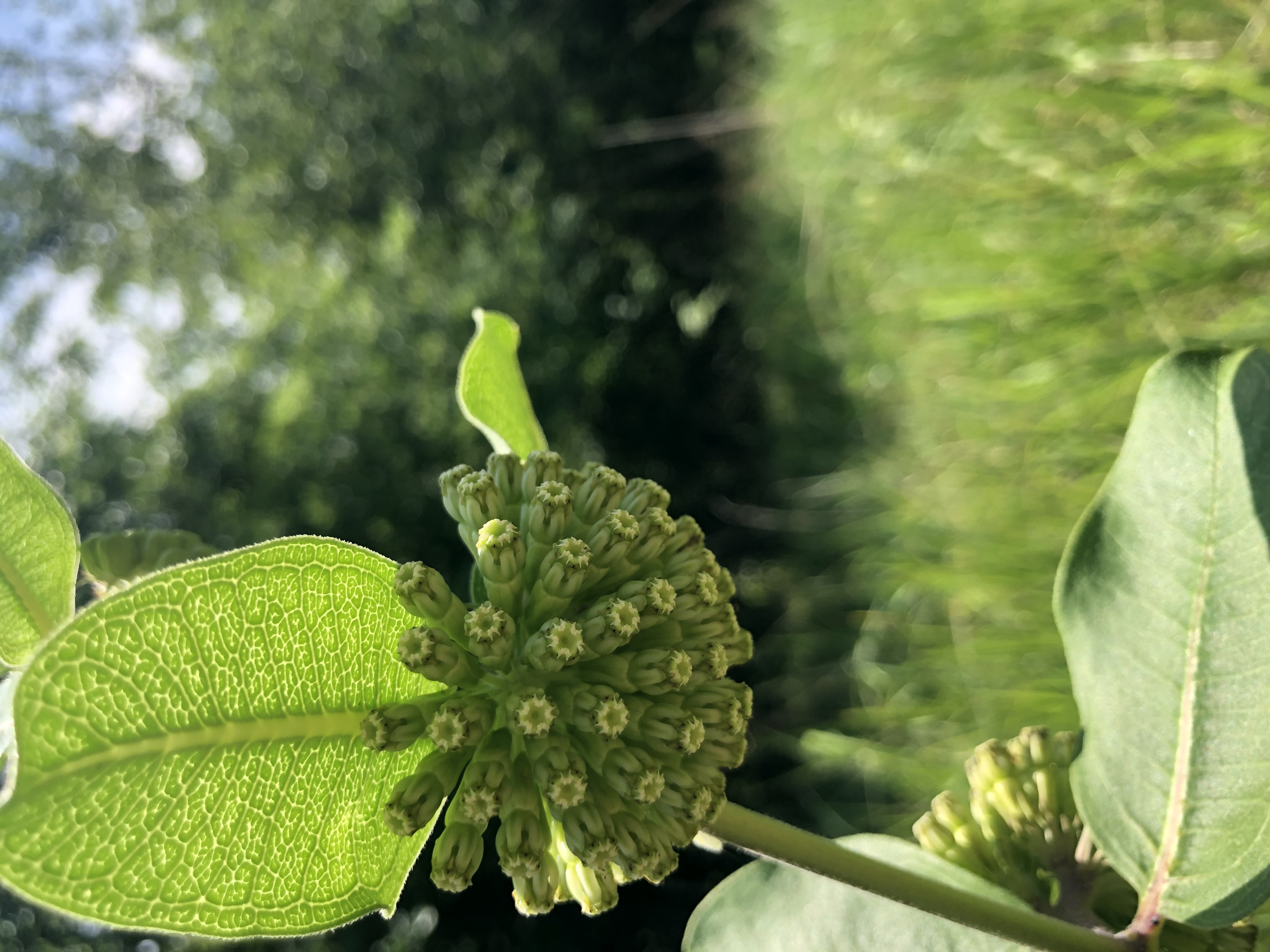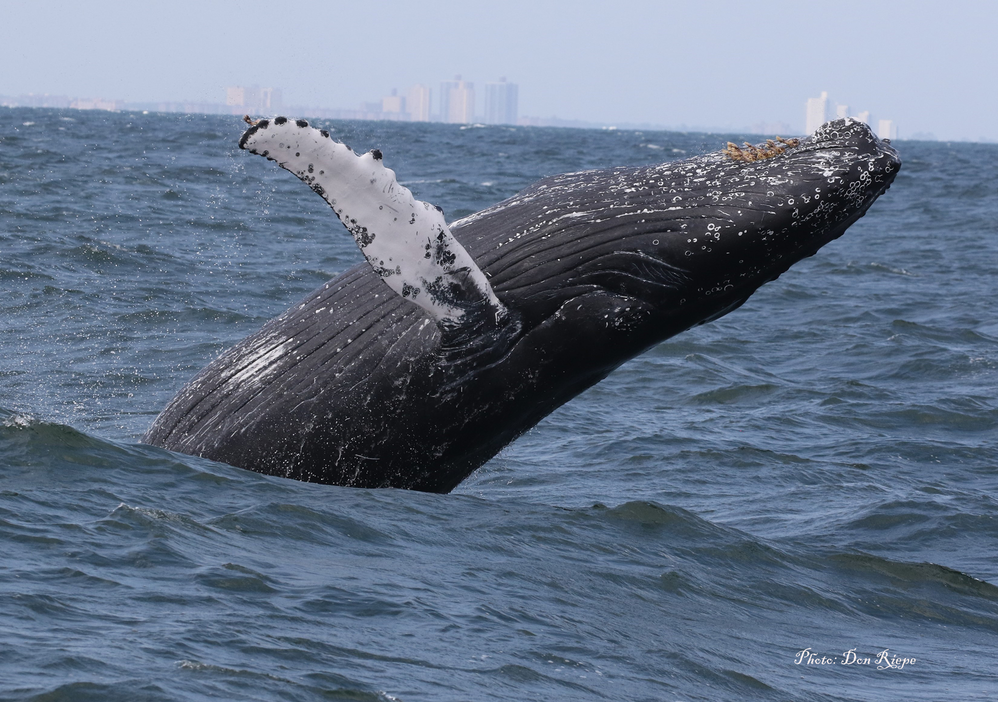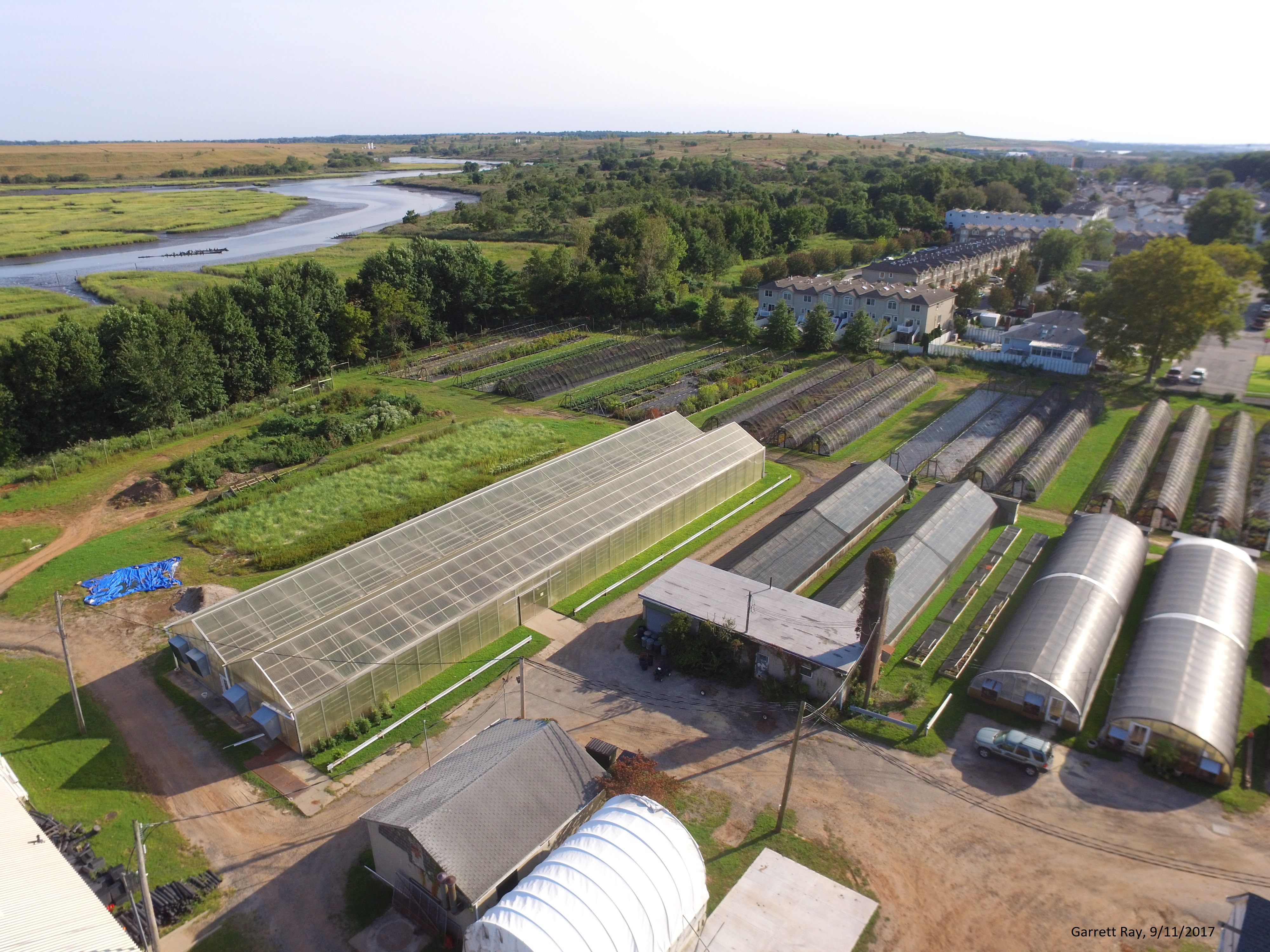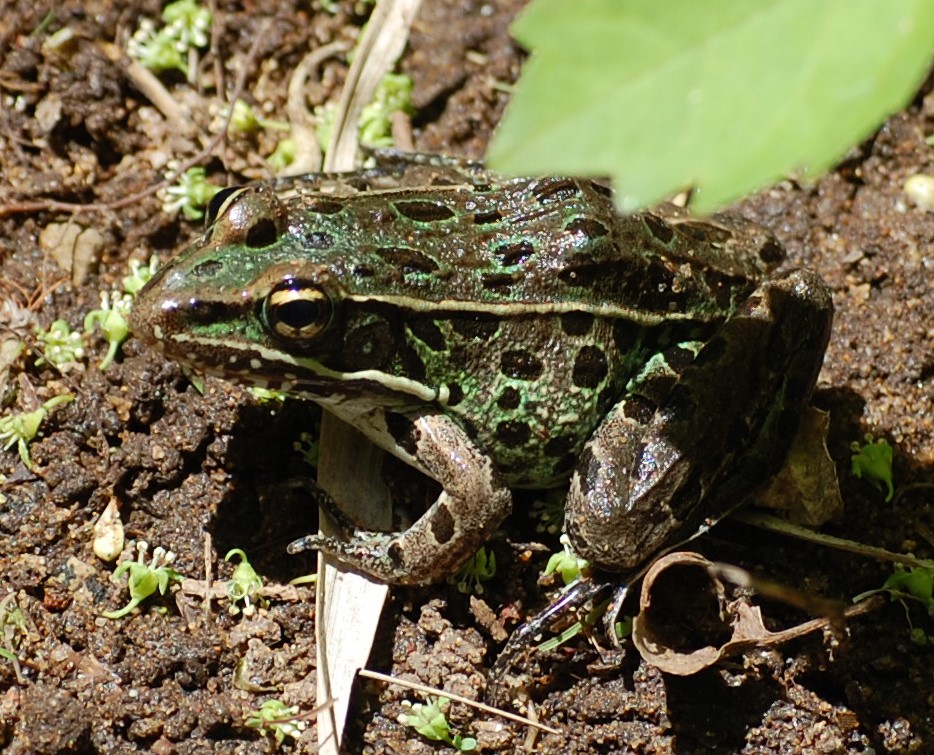Head of Government
 Eric Adams
Eric Adams
Mr of New York City
Eric Adams
New York City is proud to be part of the Cities With Nature network. Our city contains an abundance of habitat types and species, and its important to celebrate them just as we celebrate our cultural diversity. NYC is also home to one of the United States; earliest publicly-funded urban natural resources management units that dates back to the 1980s, and we recognize the importance of integrating biodiversity conservation with human health and wellbeing.
GALLERY
Inwood Hill Park contains a remnant forest, salt marsh, and evidence of use by Indigenous communities
Freshkills Park is a former landfill that has been converted into a park with wetlands, forests, and grasslands that are home to rare species.
This salt marsh near John F. Kennedy International Airport, one of the busiest airports in the world, supports rare birds as well as diamondback terrapins and American eels.
NYC is an important breeding spot along the Atlantic Flyway for migrating birds, like Great egrets. South Brother Island in the East River is a bird sanctuary.
In New York City, green comet milkweed is known only from the globally-imperiled serpentine grasslands of Staten Island, threatened by habitat destruction, deer herbivory and succession. In addition to being visited by pollinators including bees, wasps, flies, and ants, it is used as a food source by the larvae of monarch butterfly.
The return of whales, like the humpback whale, in the New York-New Jersey Bight, off the coast of NYC and just a half hour boat ride from Manhattan has been attributed to policies like the Clean Water Act, Endangered Species Act, Marine Mammal Protection Act, and more. (Photo Credit: Don Riepe, Jamaica Bay Guardian) .
The Greenbelt Native Plant Center is a city-operated native plant nursery that provides native, locally-sourced plants and seeds to projects on public land around the city to support ecological restoration, plant conservation, horticulture, and community ecology. Two full-time seed collectors work off an intimate knowledge of the region’s flora to bank over 700 species in service of the production of 100,000’s of container plant material distributed each year to small and large reclamation and restoration projects.
Scientists first described the Atlantic coast leopard frog (Rana kauffeldi) as distinct from the wide-ranging southern leopard frog (Rana sphenocephala) in northwest Staten Island in 2014. This little frog, about 2.5 inches in length, favors open wet meadows, typically in freshwater near the coast. Large groups congregate during a short, early-spring breeding season and produce a noisy chorus.
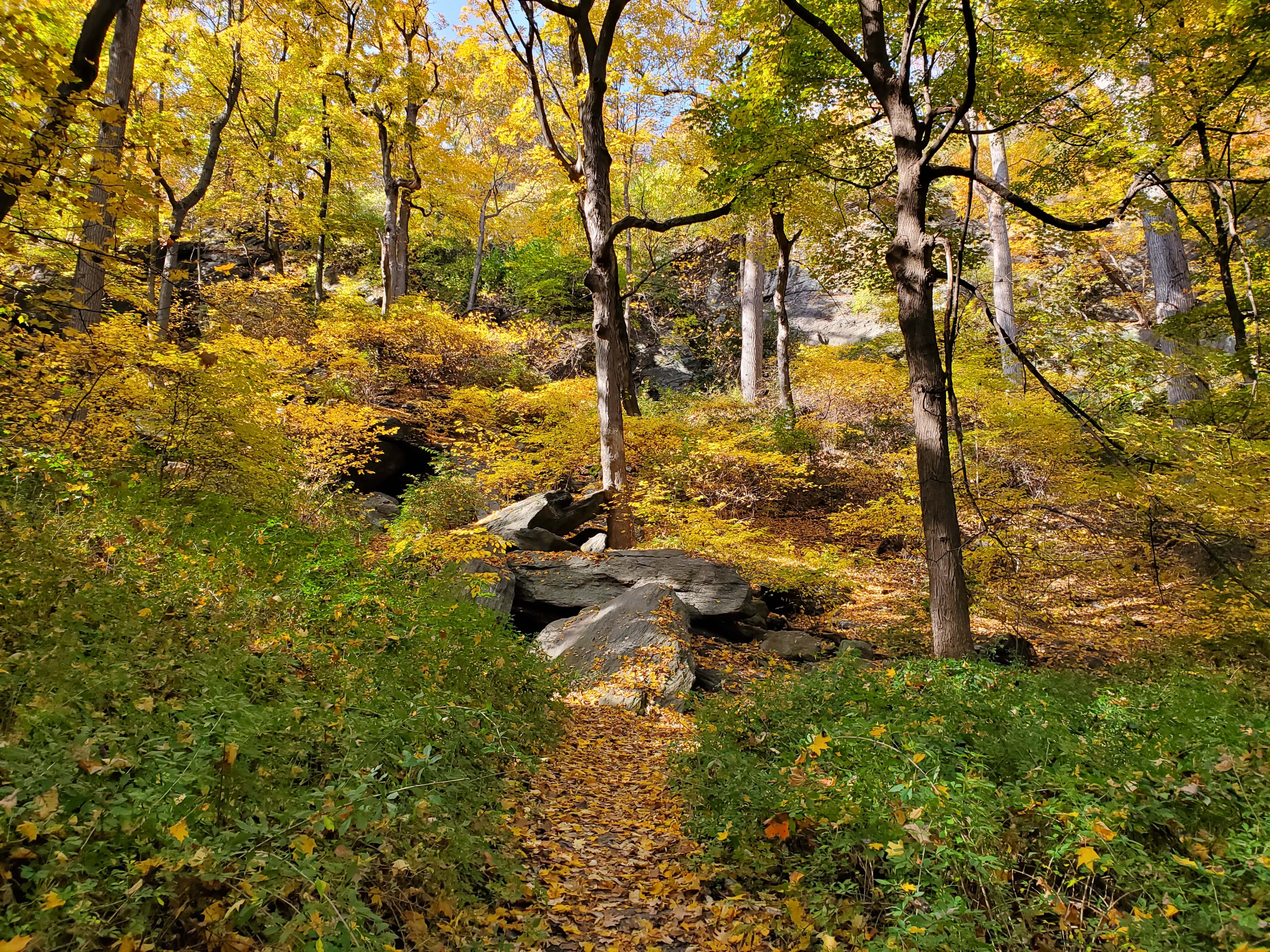
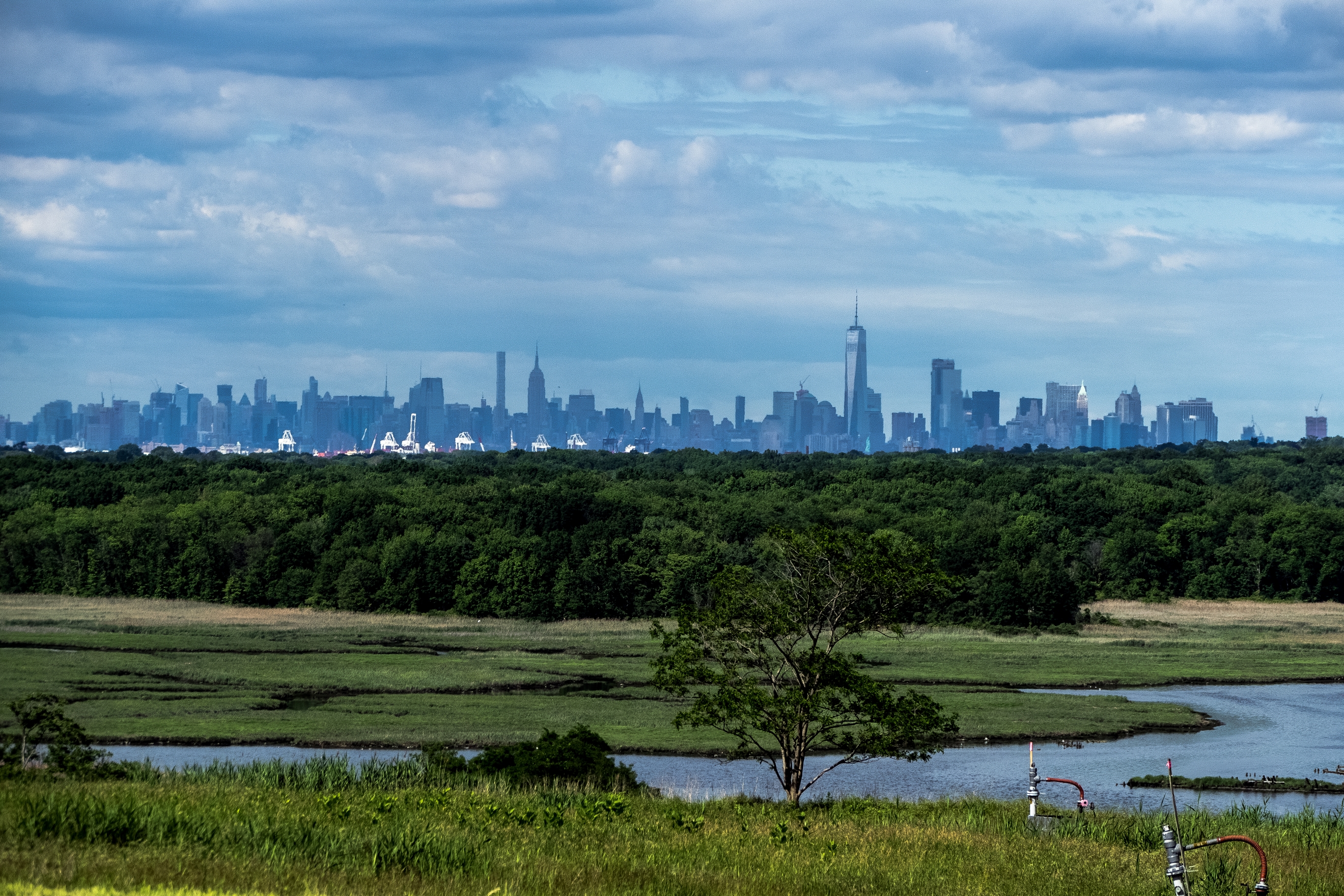
.jpg)
